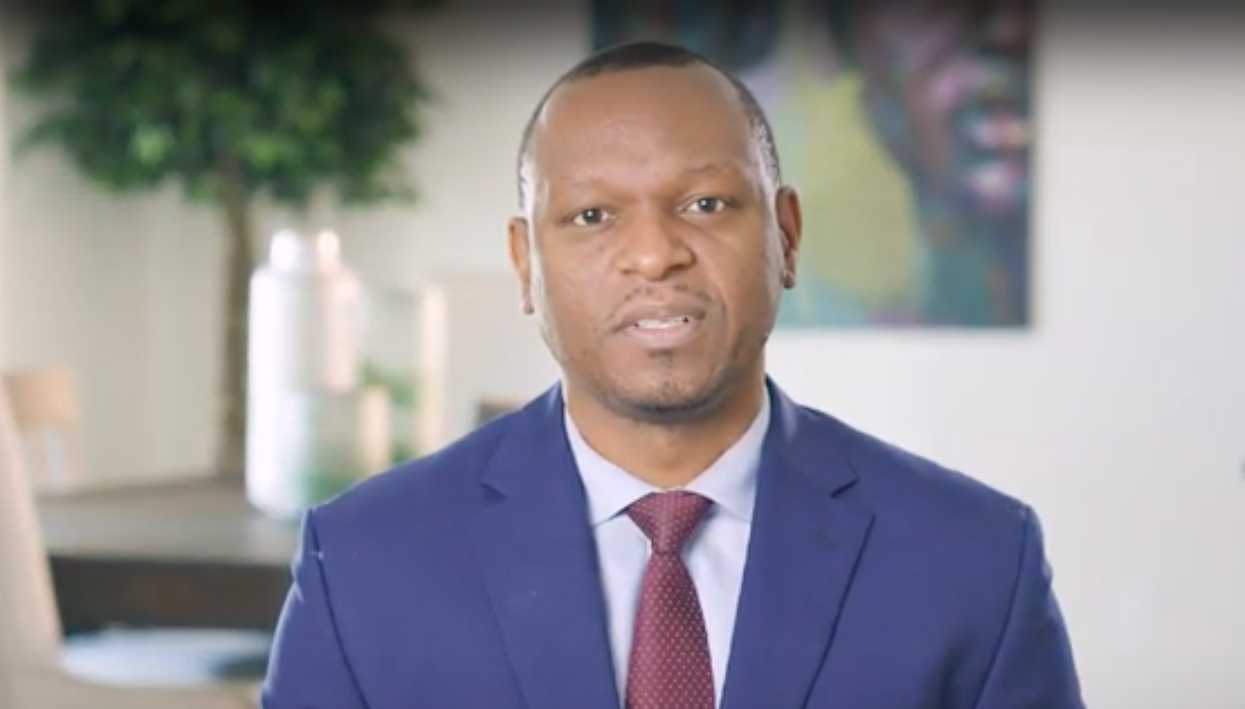
Democratic state Sen. Randolph Bracy launched his congressional campaign platform called “The Bracy Plan” in a debut video being released Wednesday.
The Bracy Plan covers straight-forward Democratic planks, led by Bracy’s focus on criminal justice reform and social justice, along with voting rights, increased education funding, investments in affordable housing, and investments in technology infrastructure to foster job growth.
Bracy is one of three major candidates vying in Florida”s 10th Congressional District in western Orange County, a Democratic stronghold being opened as Rep. Val Demings runs for the U.S. Senate.
Bracy’s two-minute video, which went out with a fundraising pitch, begins mixing footage of last year’s pandemic and Black Lives Matter protests with historic shots of Martin Luther King Jr. and Rep. John Lewis, before turning to shots of Bracy and scenes representing CD 10.
The message sets an urgency for a change in course, even though Demings has represented the district for three terms.
“A pandemic. Heart-breaking violence against Americans. Historic assaults against our voting rights. We look to the heroes of the past for inspiration to take up this fight again. The stakes couldn’t be higher. Loved ones are dying. Jobs have disappeared. People are scared and looking for answers. To solve these problems, we have to change course,” Bracy says to open the video. “And that change starts with Congress doing its job.”
Bracy, who just won a second term in the Senate after serving two terms in the House of Representatives, faces former State Attorney Aramis Ayala and civil rights lawyer Natalie Jackson of Orlando.
Two Republican candidates have filed to run: Carter Morgan and Willie Montague.
Bracy outlines some of his legislative accomplishments in criminal justice reform, education funding, and jobs growth. Then the video gets more specific in concerns for CD 10, particularly about lack of resources the Florida Legislature has provided for public education, health care, and affordable housing.
“Communities like ours still don’t get our fair share of investments in affordable housing and good paying jobs,” Bracy laments.
He then offers a few specific proposals, though they are initiatives at least as appropriate for the state government he is leaving as for the federal government he hopes to join, such as building health centers in urban communities, modernizing schools, and extending broadband and today’s technology to every neighborhood.
“We can do this by building bold new programs in Washington to rebuild every part of America,” Bracy proposes.



